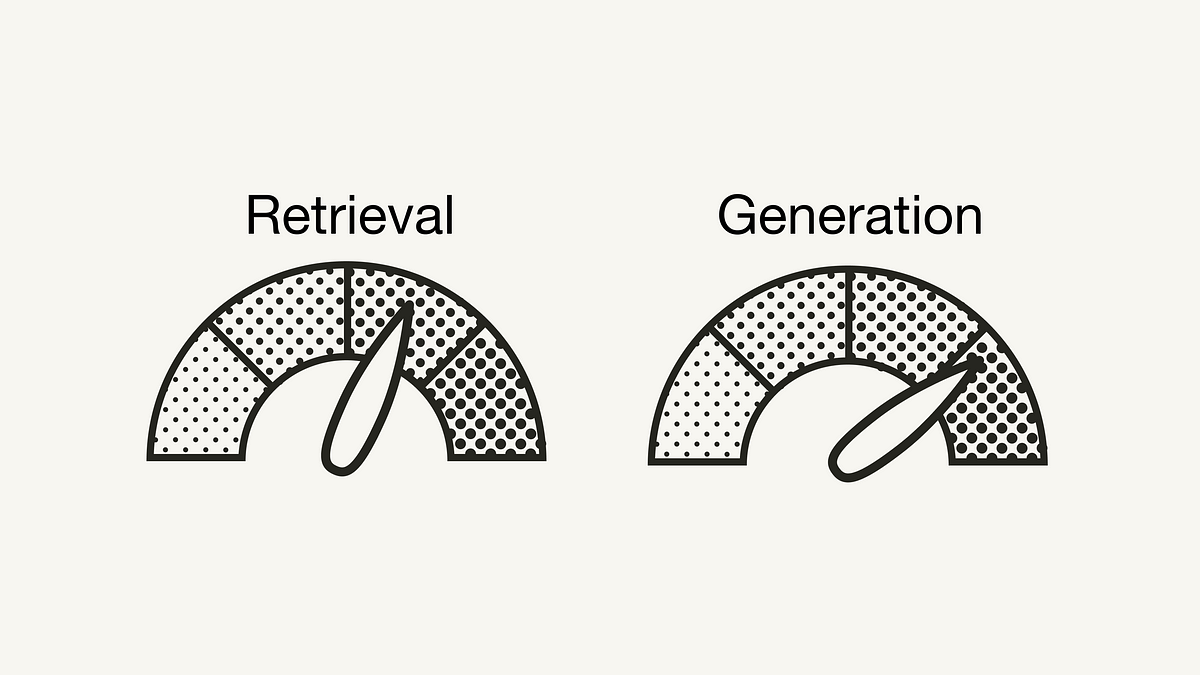The growth of DeFi is a significant influence on the web3 ecosystem. In fact, it is one of the popular tools for promoting the adoption of blockchain technology. However, it is important to note that bear markets pose a major threat to cryptocurrency and DeFi markets. If you’re wondering about the implications of a bear market in DeFi and what it means, you can search for answers to gain a better understanding of its impact.
During bear markets, the value of portfolios in crypto and DeFi can decrease. It is also worth mentioning that bear markets have a tendency to last longer than expected by users. However, the silver lining for investors in bear markets is the opportunity to refocus and spend time researching projects that could gain momentum in bullish markets.
As the DeFi and crypto market continue to develop, bear markets become inevitable. The bear market definition in the finance systems of 2022-23 indicates the negative impact of bear markets. With significant price drops in major cryptocurrencies like Ethereum and Bitcoin, bear markets can result in losses for investors. On the other hand, it is important to know that the downward trends will reach their lowest point before the bull market begins. Experienced crypto investors can monitor important metrics and indicators that can guide them towards the next bull run.
To understand the scope and purpose of DeFi, you can enroll in the Introduction to DeFi Course. The necessity of DeFi metrics in bear markets lies in their role in guiding investors towards better decisions. Metrics can help investors and analysts identify the start of a robust and effective cycle. Technical factors, on-chain activity, and supply dynamics are common highlights that determine the effectiveness of DeFi projects in bear markets. Profit/loss metrics can also provide a detailed impression of the effectiveness of DeFi projects.
Technical aspects of a DeFi project indicate its performance according to popular technical benchmarking tools. On-chain activity showcases positive trends in network utilization and on-chain activity. Supply dynamics help identify the saturation of coin supply owned by long-term holders. Bear markets for DeFi are characterized by significant drops in prices of native tokens. It is also important to learn about metrics for the DeFi market that can help identify when the next bull market will occur.
The primary aim of using DeFi metrics in bear markets is to invest in the right projects that can perform well in bullish market conditions. The best DeFi metrics in bear market conditions include the use case of the DeFi solution, exchange inflows, competitive advantage of the project, cash reserves, adherence to the roadmap, volatility readings, sentiment about the project, and on-chain transaction value.
Determining the utility of a DeFi project is important in evaluating its effectiveness in a bear market. Projects that solve pressing concerns and have proven utility can withstand downward trends. Exchange inflows provide insights into investor sentiment. Increasing inflows indicate bearish sentiment, while declining inflows suggest a declining bear market.
Comparing a DeFi project’s performance to its competitors and examining its unique advantages can help evaluate its effectiveness in a bear market. Cash reserves are crucial for a DeFi project to survive a bear market. A massive, diversified, and well-funded treasury can help pull DeFi projects through tough times.
Consistency in following the roadmap and meeting deadlines is important for a DeFi project’s success in a bear market. Monitoring developer activity can help identify rug-pull projects. Stabilization and decline of volatility readings indicate a gradual easing of the bear market and market support for recovery.
Sentiment about a project in the market can be determined through large-scale surveys. Fear indicates downward trends, while improvement in optimism supports recovery from bear markets. On-chain transaction value is another important metric that reflects the token velocity and overall network usage of a DeFi solution.
By considering these metrics, investors can make informed decisions and navigate bear markets in the DeFi space.
Source link






















